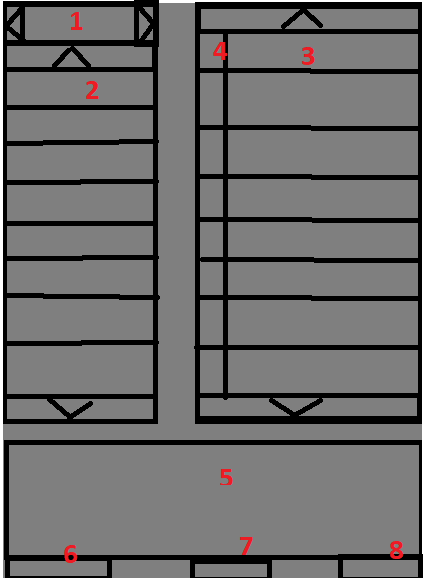More or less a grand unification of the Integrate Electronics, Modular Computers, Assembly, , NTNet modules, and perhaps Hacking - with bonus points for gathering all machine/computer construction under the same umbrella. This, in addition to the return of a much more streamlined, and less abusable, Scripting module. Make them all work and play together, and expand options.
I realize that this would be ridiculous in scope, even for multiple coders working together religiously, to the point of me posting this thread being pointless. I’m slowly warming to the idea of returning to coding, and the above modules would likely be the first ones I look at - with the eventual goal of the described unification. So, I’ll use this thread to collate ideas for how such a module would work, and what features it would have.
I’ll post notions ITT as they come to me, but I’m looking for thoughts regarding the following:
- Additional Integrated Electronics components, assemblies, and so on
- IE components that need fixing
- Modular Computer parts that would be fun/useful to have
- Potential hazards/benefits of reintroducing the Scripting module
- How one would remove the many exploits of the Scripting module
- How each module could integrate with the others
- Anything else relating to modular systems that are already in the code
- Which aspects of these modules should be the highest priority in fixing/adding/tying together
